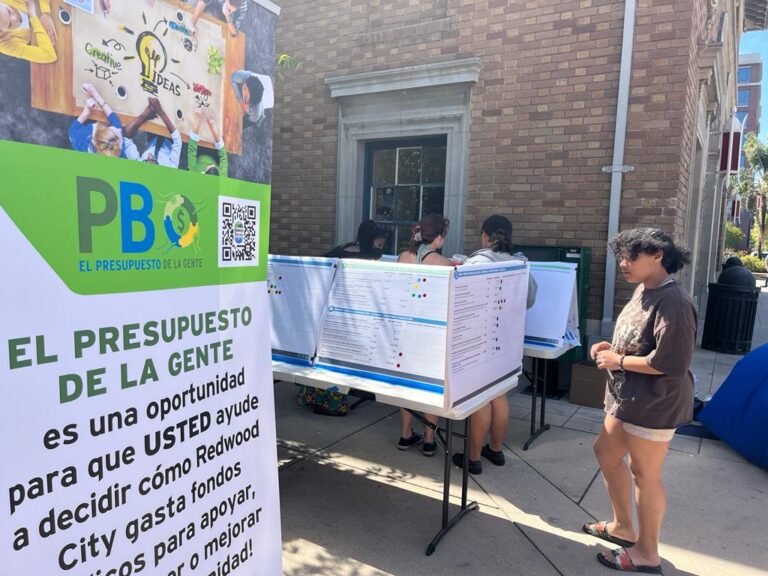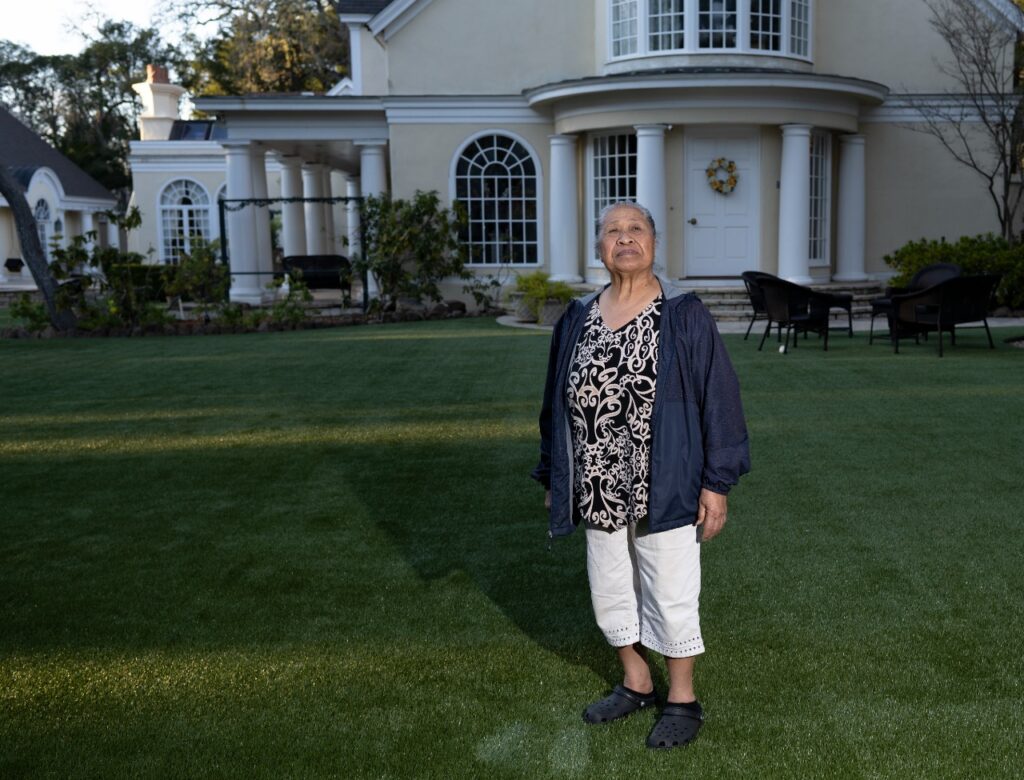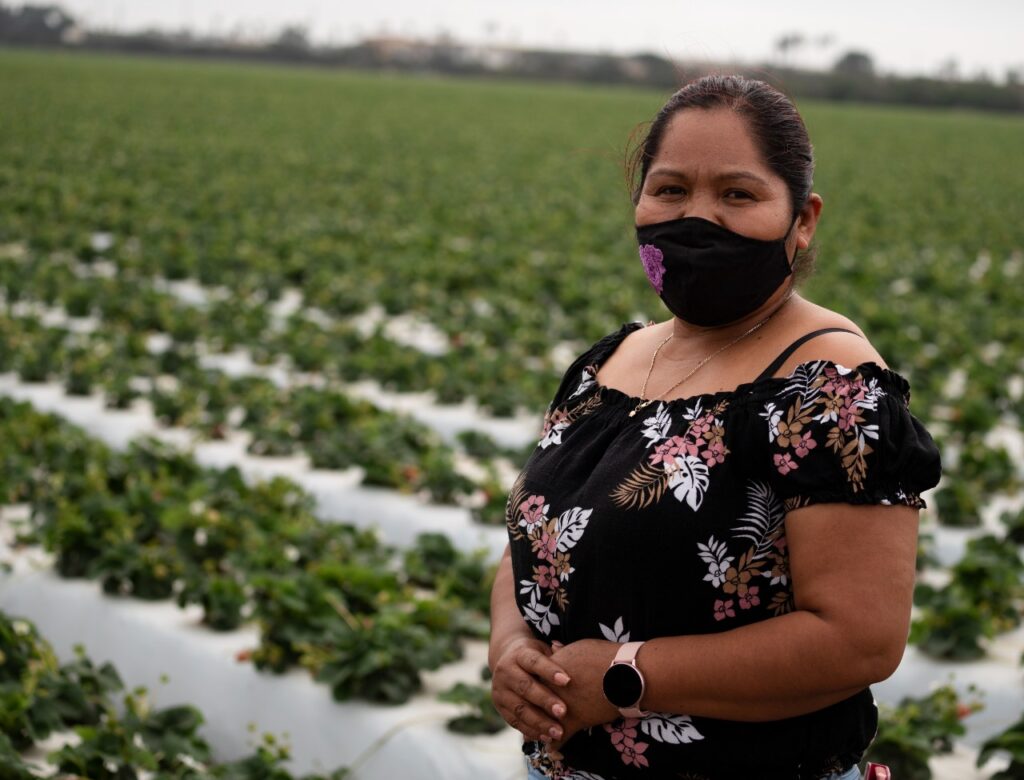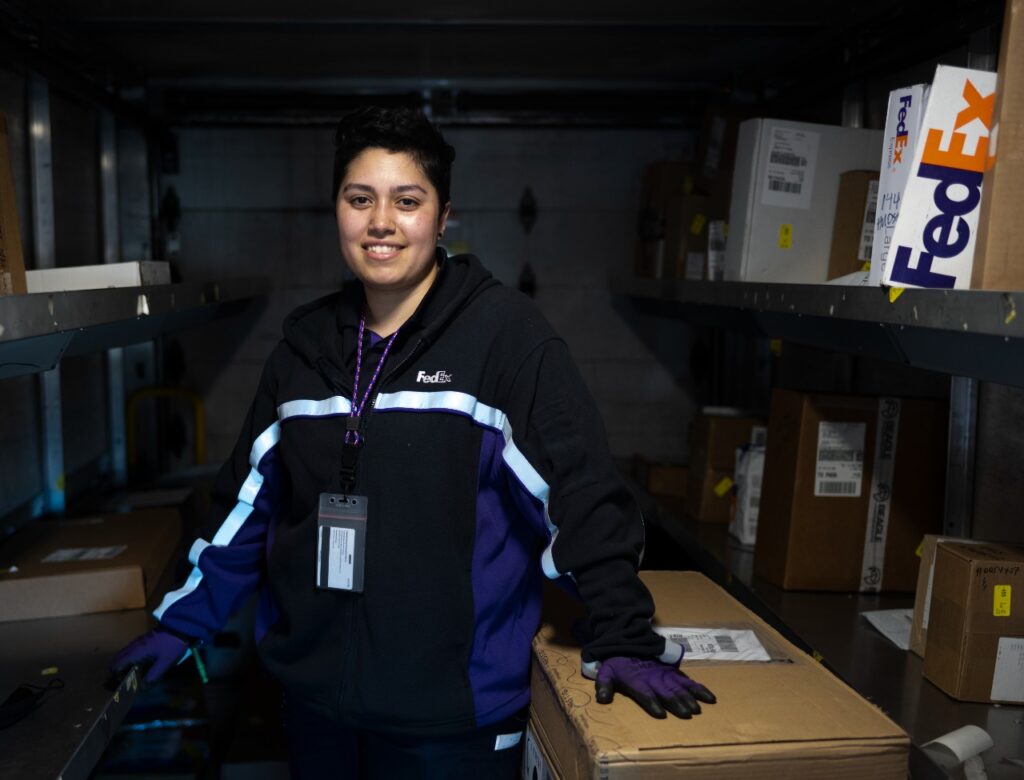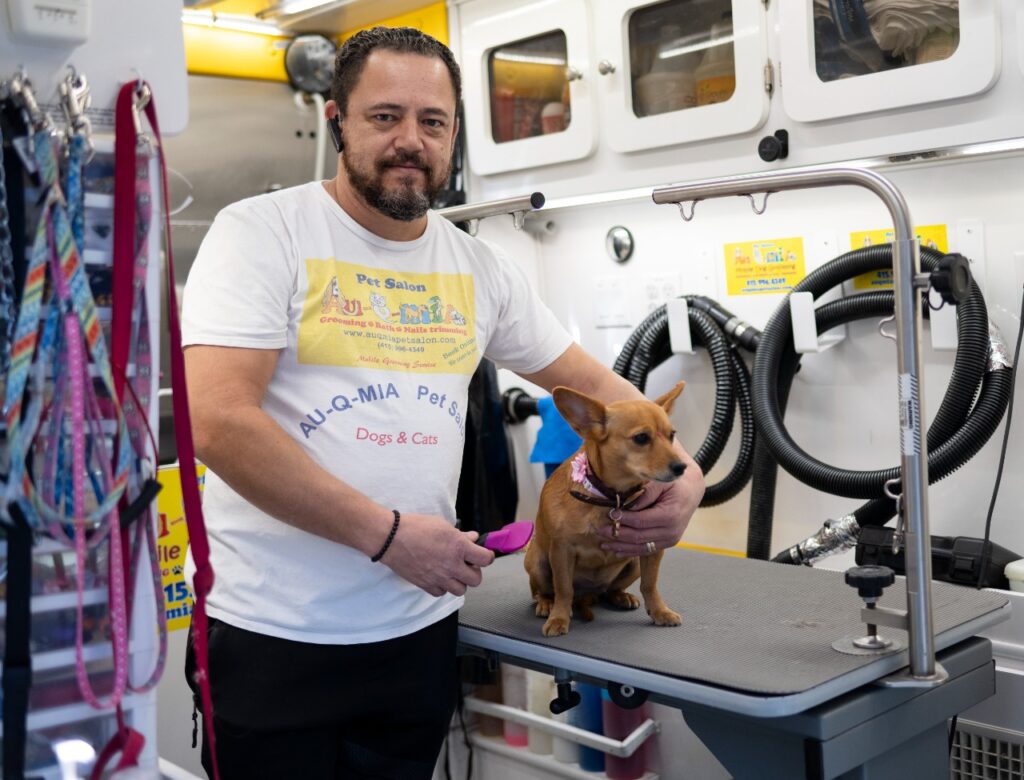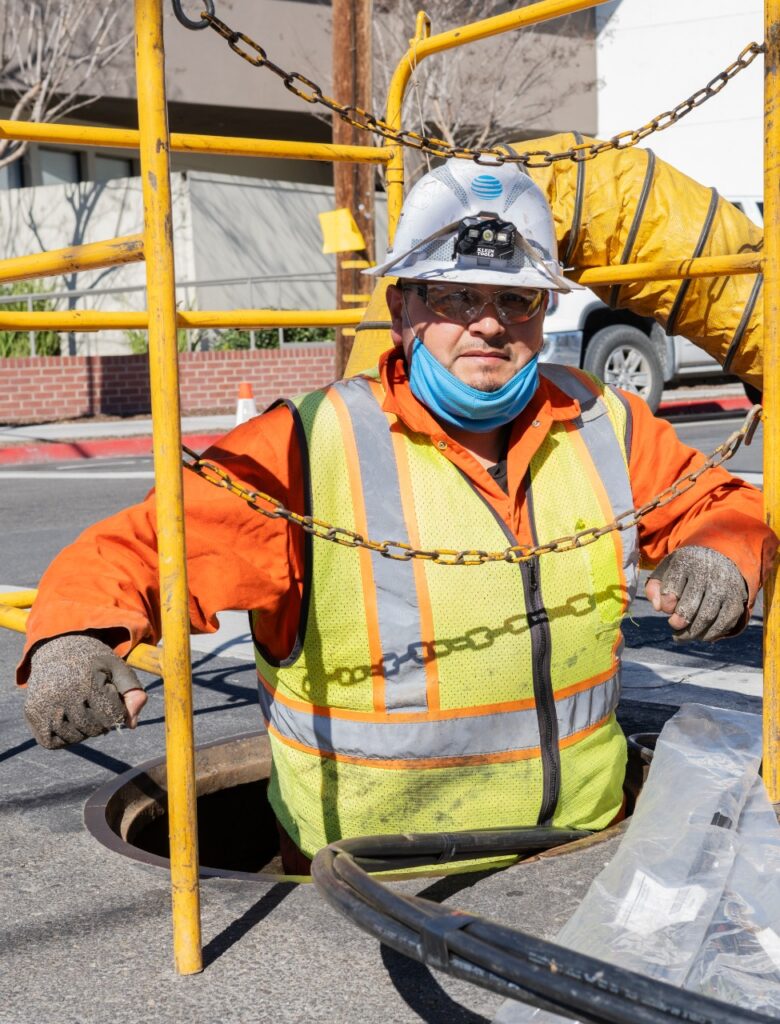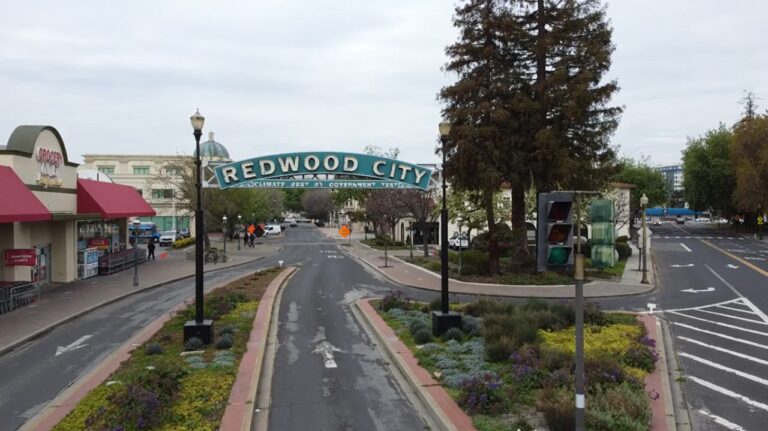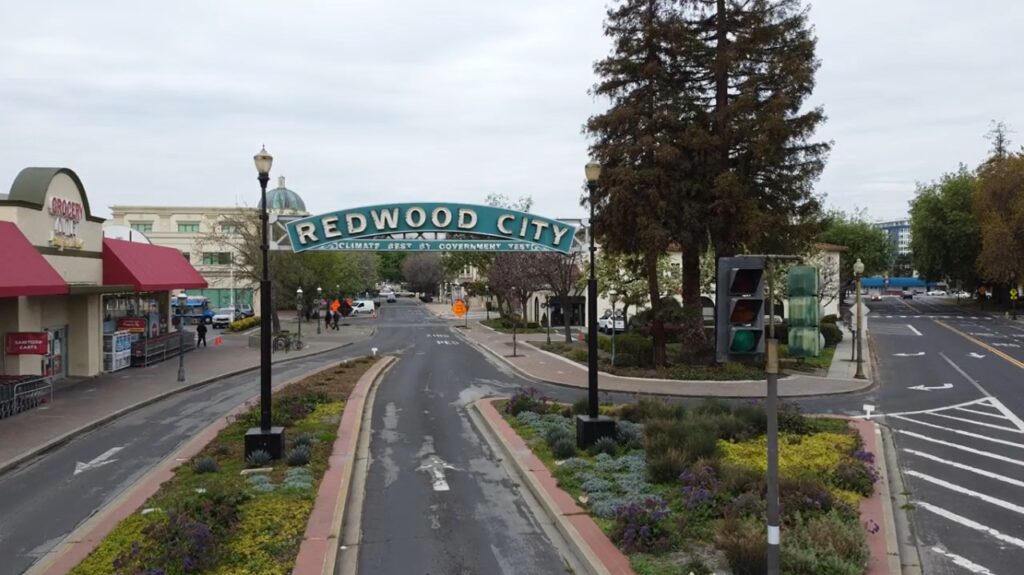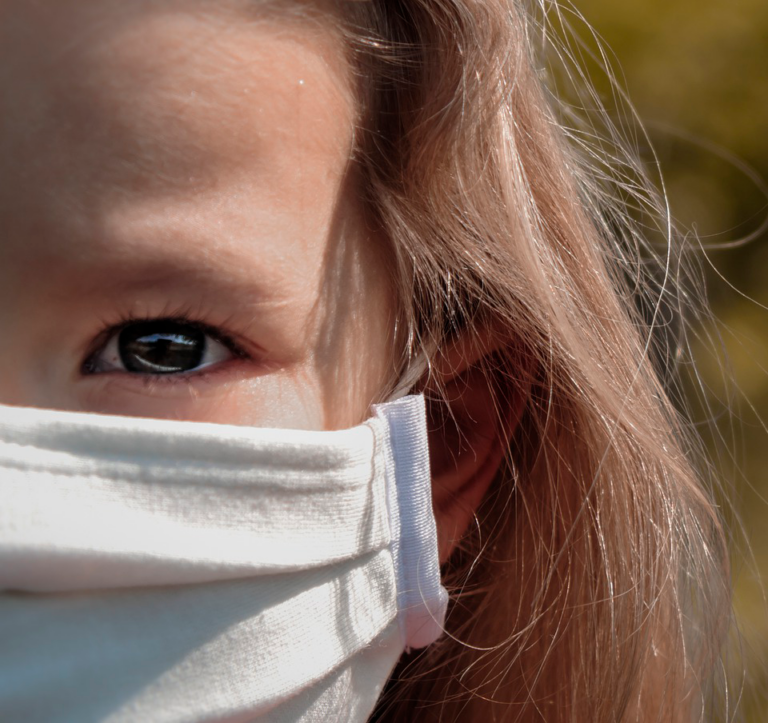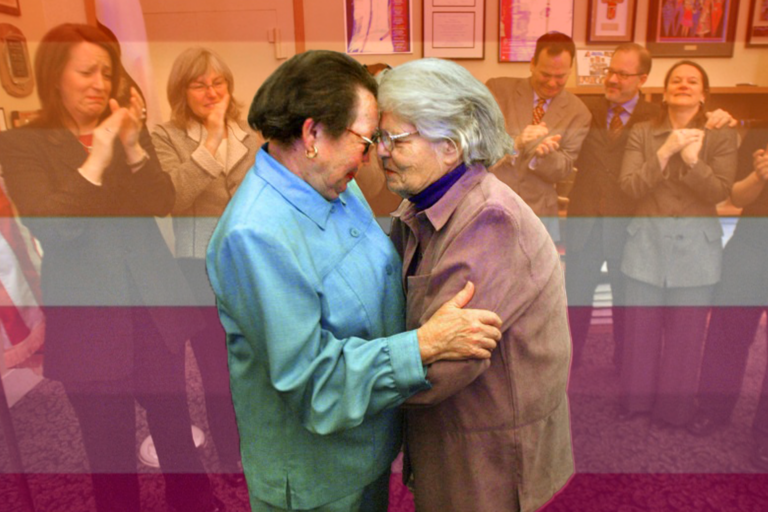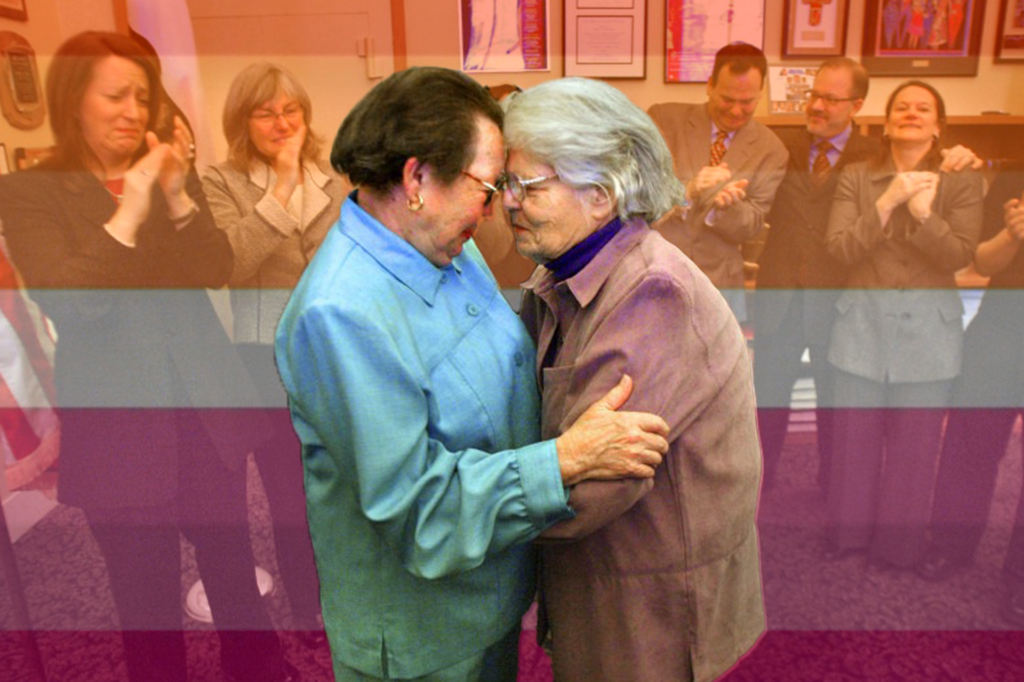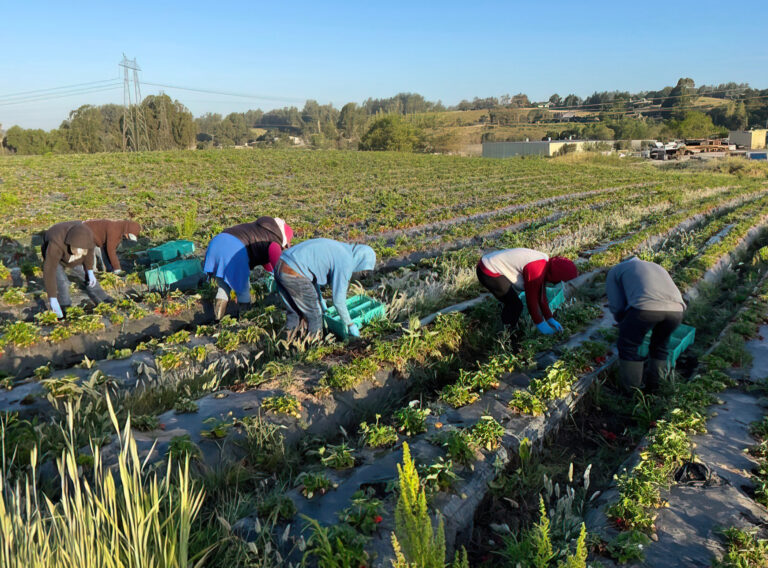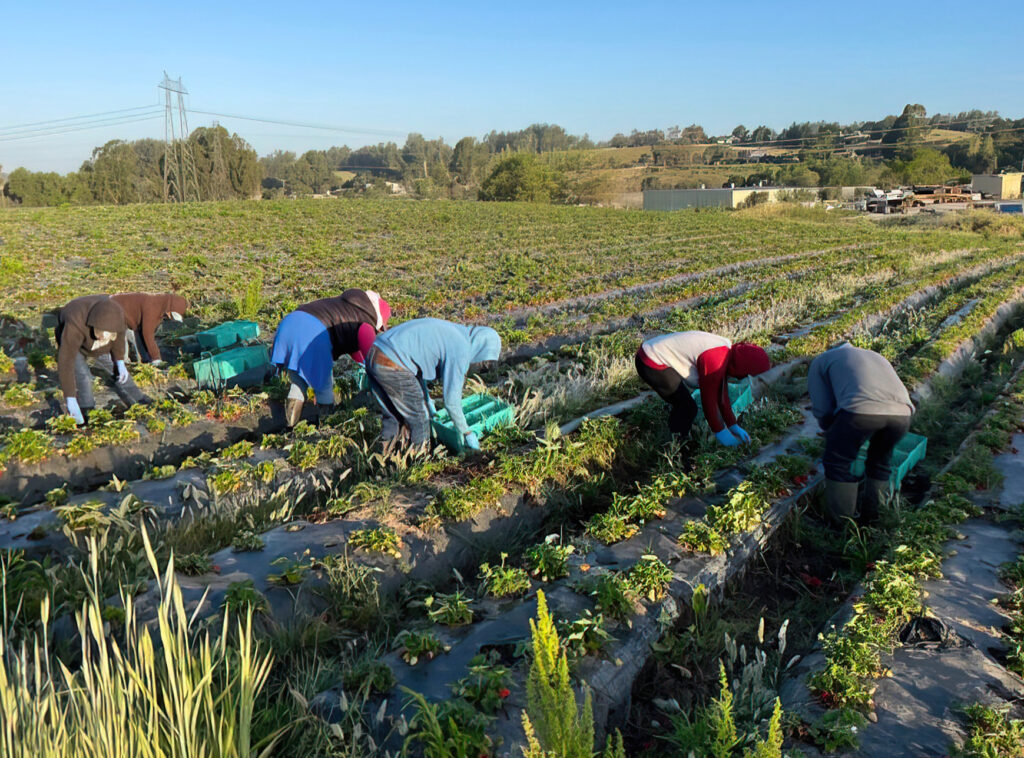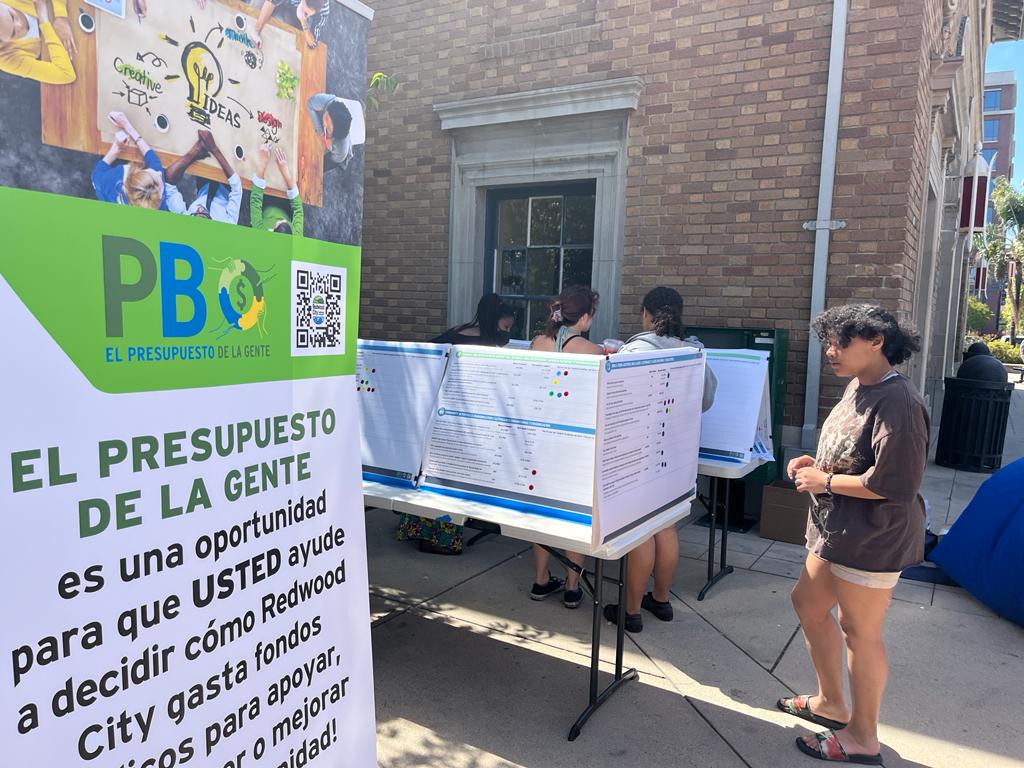
Este sábado ha iniciado la «Semana de la Votación», eventos diarios con la finalidad de que residentes de Redwood City puedan participar de manera accesible en la votación sobre en qué proyectos será destinado el «Presupuesto Popular» ‒PP‒, el cual consta de una bolsa de un millón de dólares.
Desde que inició la votación para destinar el PP el pasado 19 de marzo, residentes de todas las edades y condiciones de Redwood City han podido dar su opinión y utilizado el poder de su decisión para beneficiar a la comunidad a través de recurso enfocados en mejorar proyectos que mejoren la calidad de vida de todos los que componen la ciudad.
Así, este sábado, frente a la Biblioteca Pública de Redwood City, el ayuntamiento montó un stand con información para invitar a más residentes a levantar su voz por medio de la votación para elegir el destino del Presupuesto Popular.
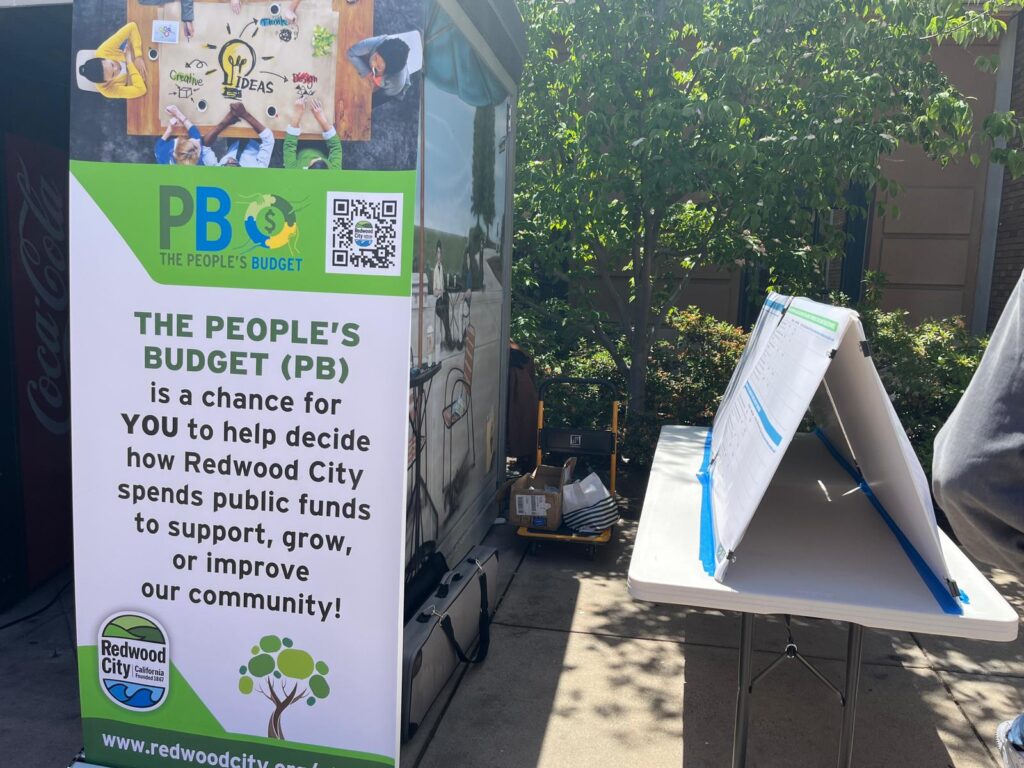
«Estamos aquí por el Presupuesto Popular, el cual es una oportunidad para el público. En los últimos dos meses, hemos estado recogiendo ideas del público sobre cómo utilizar este millón de dólares, y hasta el momento hemos recibido casi 700 ideas de más de 500 personas», señaló la oficial de Equidad e Inclusión de Redwood City, Briana Evans.
Agregó que el presupuesto destinado proviene de los fondos generales.
«El año pasado, recibimos algunas peticiones del público para tener más participación en el proceso presupuestario. Así que la ciudad reservó este dinero, que de otro modo se utilizaría para diferentes propósitos, pero en lugar de que el personal de la ciudad decida cómo hacerlo o la capital de la ciudad decida, en su lugar, el público va a decidir cómo asignar estos dólares», puntualizó a P360P.
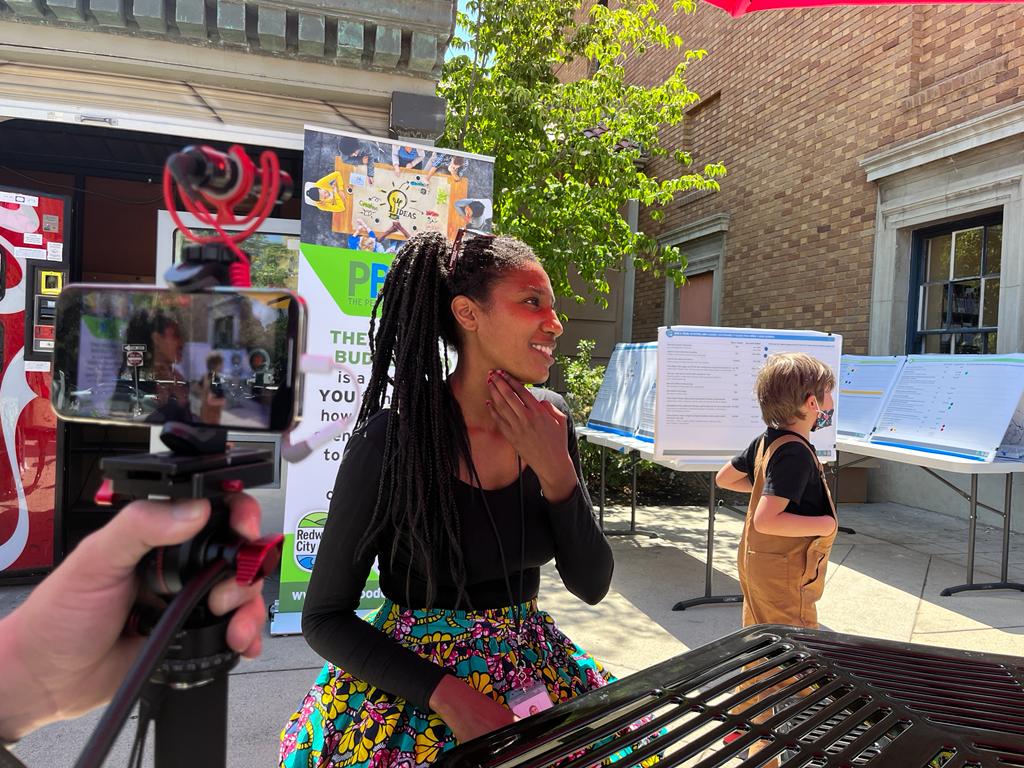
La fase de votación del programa piloto de presupuestos participativos de Redwood City continúa hasta el lunes 9 de mayo, por lo que aún hay tiempo para hacer valida la decisión de cada residente, mismo que puede votar sin importar su edad o estatus migratorio.
En estos eventos que llevarán a cabo a lo largo de la semana, los miembros de la comunidad podrán obtener más información sobre el Presupuesto Popular, hacer preguntas y clasificar sus siete proyectos favoritos. Todos los eventos son bilingües en inglés y español.
Evans recordó que existen varias maneras de votar, una de ellas es en línea, a través del sitio www.redwoodcity.org/pb-es, por teléfono: (650) 780-7334 o por correo electrónico: pb@redwoodcity.org., o en persona en los stands de votación que estarán en diversos lugares de la ciudad durante esta semana.
Además, los residentes también se pueden tomar un formulario de cualquier biblioteca pública, el Veterans Memorial Senior Center o el ayuntamiento, llenarlo y entregarlo en esos mismos lugares o enviarlo por correo a la Oficina del Administrador de la Ciudad.
Para votar, los miembros de la comunidad pueden clasificar hasta siete de sus proyectos favoritos. Cualquier persona con una fuerte conexión con la comunidad de Redwood City puede votar, independientemente de su edad, estatus migratorio o lugar de residencia.
Los siguientes eventos de la «Semana de la Votación» son los siguientes:
- Sunday, May 1st: Stulsaft Park from 12:30 to 14:30 h.
- Monday, May 2: Red Morton Community Center from 2:00 pm to 4:00 pm.
- Tuesday, May 3: Police Activities League from 4:00 pm to 7:00 pm.
- Miércoles 4 de mayo: Palm Park de 16:00 a 18:00 h.
- Thursday, May 5: Sequoia Station from 4:00 pm to 6:30 pm.
- Viernes 6 de mayo: Jardín de Niños de 16:00 a 18:00 h.
- Sábado 7 de mayo: Redwood Shores Branch Library de 13:00 a 16:30 h.
Los proyectos ganadores se anunciarán en la reunión del Concejo Municipal de junio en donde se hará la revisión del presupuesto de este año con la finalidad de apoyar, hacer crecer y mejorar a la comunidad.
Para saber más, los interesados pueden visitar www.redwoodcity.org/pb-en ‒inglés‒ y www.redwoodcity.org/pb-es ‒español‒.
You may be interested in: Redwood City asks residents for help in deciding how to spend $1 million dollars

